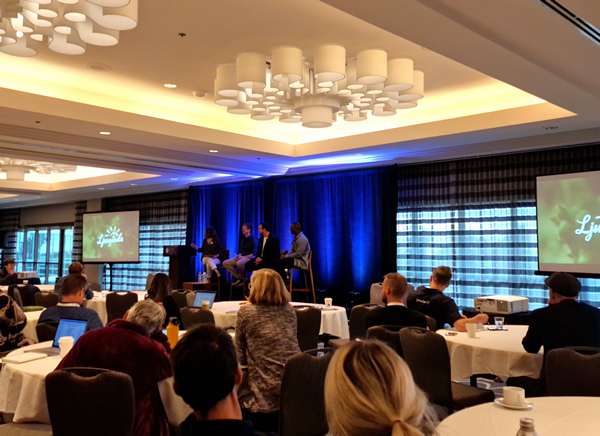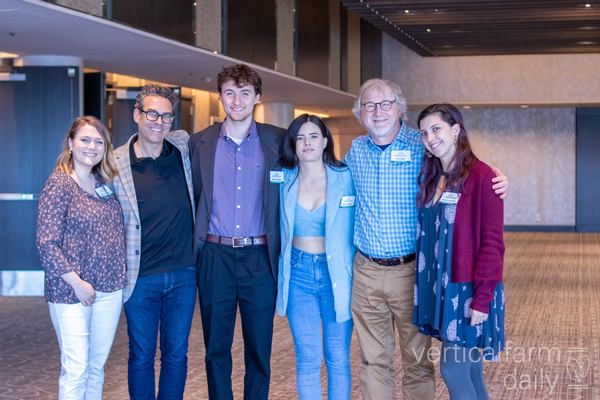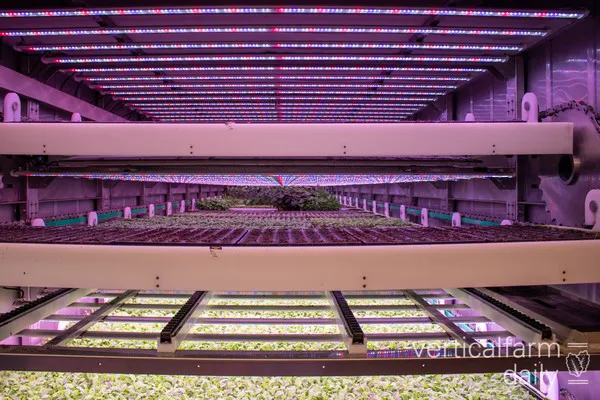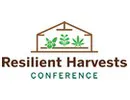“When speaking of the footprint of a vertical farm, two things come to mind,” says Morgan Welch, Senior Design Engineer at Bowery Farming. According to Morgan, it’s mainly related to CapEx and irrigation systems. Maximizing efficiency can mainly be done in water use since all indoor controlled environment systems have HVAC systems.
He goes on, here, the low-hanging fruits are in water circularity, saving on water massively. Recovery of condensation allows farms to reuse their water efficiently, reprocessing it in an easy way.

What to win on irrigation
“Though, it’s important to choose equipment carefully for reusing water without causing issues such as clogging e.g. Because beyond CapEx is OpEx over time. Being a new industry, we’ve had many people before us growing in greenhouses with loads of experience. The same results can be achieved with vertical farms, though, we’re still learning from them to maximize system designs, water savings, recycling, predictions and more. There have been huge gains in changing fertigation over time as we can maximize getting the nutrients back in compliance,” Morgan notes.
However, then there’s also the OpEx perspective. The resources outside the farm, as for a greenhouse has to share the air between the inside and outside, however, in a vertical farm comes the benefit of having a closed environment. Whatever is done to the outside there, the footprint will be around an urban area. “You’re going to have rainfall and thing that can be collected in a useful way, understanding how to work with the local government maximizing and collecting runoff water. In the end, though, it’s all about trying to be a part of the community really. And, we’re also still learning on that really.”
Robb pointed out that it’s not about reinventing the wheel, luckily. Though, no real blueprint exists for community involvement. Though, again, for Plenty it's about helping to close food inequality gaps, educating future farmers and tackling the sustainability aspect. “Thinking collectively and collaboratively will help thrive CEA. We all need to have it thrive for us altogether in the industry to do our jobs better. So how do we affect positive changes in the models that we’re putting forth in CEA.”

The Resource Innovation Institute team, co-host of the event
How to handle energy use
As we’ve all heard, everywhere the energy prices have gone up significantly. Though, suffering the most are probably European growers as prices increase 4-5 times, which is sometimes undoable for growers and results in them shutting down operations because of the inability to compete with imports for instance.
“There’s an energy crisis that hasn’t been there before, for everyone really including households. We’re bracing ourselves for prices that have been surging so far. However, on the other hand, the development of renewable energy has been exceeding its targets. Ever since the past half a year, renewables have been increasing so much more, which before felt impossible. So with that being possible now, it really shows that a positive change has been coming from a stressful situation,” Erik comments.
Importance of community engagement
When being asked about what the importance is of the community where farms are based, the first answer Elyse Greenberg (moderator of the panel) receives is, “Our key strategy is to listen and learn first at what the community needs,” says Robb Chase, Community Manager at Plenty.
In Compton, the newest facility Plenty is building in California, there clearly is a need for high-quality fresh produce. Based in the ‘hub city’, as locals name it, the farm will be nestled in the heart of LA, having access to various logistic networks. This is seen as a huge win for the company, being so closely located to the metropole allowing them to supply their greens to partners.
And indeed, being involved with your community is everything. Especially when it comes down to running a business. Take Ljusgårda for instance, a Swedish vertical farm that is counting for 90% on its local surroundings, in terms of suppliers, workforce and various off-takers.
“The town we’re based in is fully involved with our operations, which is a compliment really. Building the current farm within nine months is really because we could depend on them so well, even after work hours. The community pride here has had a massive impact on our farm for sure,” Erik Lundgren, Chief of Research and Development of Ljusgårda shares.
 An example of such a local community farm is PLNT, a Belgian company based in Antwerp
An example of such a local community farm is PLNT, a Belgian company based in Antwerp
Community hubs: the future of indoor farming?
When it comes down to different production methods in vertical farming, there are growing cabinets, container farms, and larger-sized farms. But what is the future of indoor farming?
Erik finds that there’s a place for everyone, as it’s not about one business model only. Though, according to him, it's the goal of the company that makes the business model relevant to the community. In-store farms might be one solution, raising awareness. Though, when wanting to disrupt the import of lettuce there’s definitely a need to go large-scale to make an actual impact. “We weren’t sure whether the market was ready for ‘digital lettuce’, however, these in-store farms have been really helping to create awareness on vertical farming.”
Commenting on that, Robb says that in disaster- or remote zones that have no access to fresh produce, here containers farms could be a perfect solution jumping in. Besides that, the market space is so large that the more initiatives there are, the more hands-on experiences there will be for society to better understand CEA in different components.
Ps. The photo report will be live tomorrow, and of course, more content to follow!
 For more information:
For more information:
Mitchell Levin, Event marketing manager
[email protected]
Resilient Harvests Conference
www.resilientharvestsconference.com/2022

Resource Innovation Center
www.resourceinnovation.org
